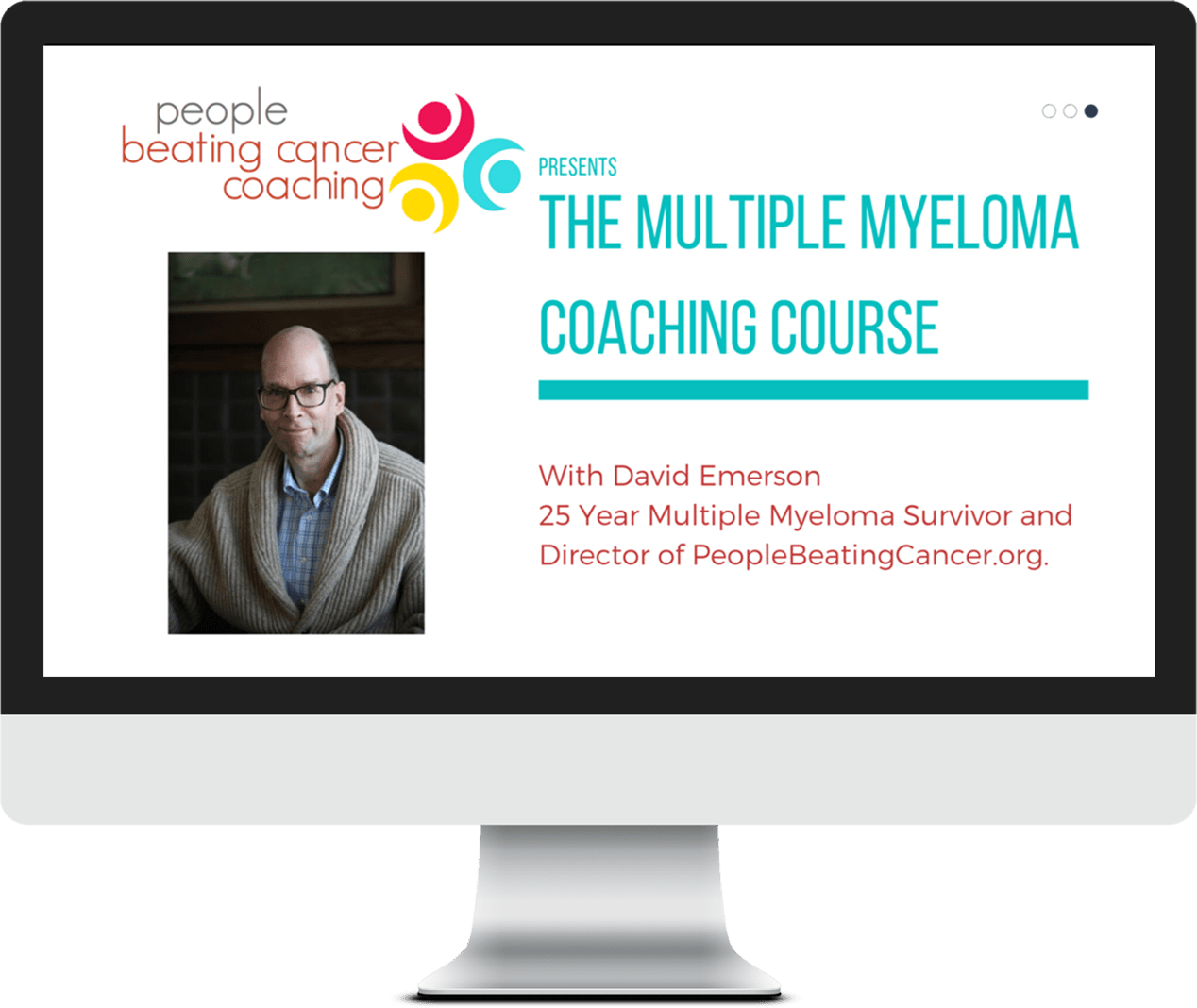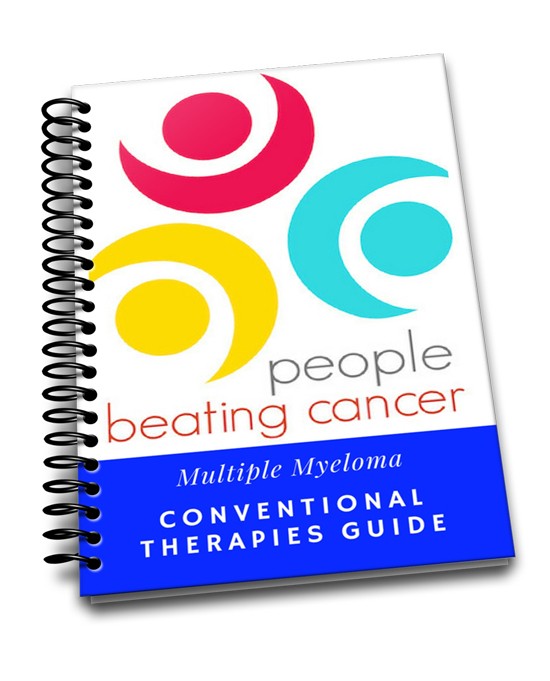“It is essential to allow (multiple myeloma) patients to report their own experiences of adverse events and to incorporate these reports into oncology clinical trial, according to Italian researchers.”
When I was diagnosed with multiple myeloma (MM) in 1994 I was told that my cancer was incurable and had an average life expectancy of 3-5 years. Based on this information much of my decision-making during the first few years of my MM experience was based on short-term thinking such as my decision to participate in a multiple myeloma clinical trial (CT).
“Well, if I only have a few years I might as well help my fellow myeloma patients.”
If you are considering a multiple myeloma clinical trial, there are pros and cons to understand.
Skip ahead to today- 25 years or so. If I knew then what I know now… The two most common statements made about Clinical Trials in the United States today are:
- Clinical Trials i.e. double-blind, placebo controlled testing is the “Gold Standard” of drug testing. As if to say there is no other way to test for new cancer drugs.
- Participation in Clinical Trials is abysmally poor. Only 2% of the possible patients participate in Clinical Trials.
If you are a MM patient considering CT participation please understand the basic challenges before you enter a trial.
Please read this testimonial from the longest living myeloma patient that I know.
“Hi David, Thanks for all you do to help those of us with cancer. As you know, I was diagnosed with stage 3 multiple myeloma and told by major cancer center I would live 3 years at most. That was 25 years ago.
I have been physically active throughout these 25 years. Much of our story is available by searching my name, James Bond, with multiple myeloma.
I believe clinical trials, second opinions, daily exercise, and partnering with our medical team are key reasons for my robust survival. To date, I have entered 6 CTs, which helped at least 2 new myeloma drugs get FDA approval. I was always treated very well in each CT. I would have died in 2002 without one clinical in particular.
Contact me at Jim.bond48@gmail.com for my beliefs more of us should enter clinical trials, if they make sense to our situation.”
If you are a MM patient considering CT participation and would like some help to possibly avoid the problems with clinical trials cited below, scroll down the page, post a question or a comment and I will reply ASAP.
To Learn more about cancer clinical trials- click now
Thank you,
David Emerson-
- MM Survivor,
- MM Cancer Coach
- Director PeopleBeatingCancer
Recommended Reading:
“The nausea I had felt that day returned some time later when I received a bill for $4,567. Because standard practice of care for recurrent ovarian cancer includes a CT every three months, the trial did not cover the cost of this scan.”
CT participants are led to believe that ALL trial costs will be paid by the trial sponsor.
“Specifically, the IOM suggests that summary level results, including adverse event information, should be publicly available no later than one year after a trial has been completed.”
CT participants need to know if a drug in their trial may cause a serious adverse event.
” In a study reported in JAMA Internal Medicine, Galsky et al found that approximately 40% to 50% of patients with metastatic breast, prostate, colorectal, and lung cancer need to drive over 1 hour one-way to reach a trial site.”
CT participants may have difficulty driving “over 1 hour none-way to reach their trial site.”
“It is essential to allow (multiple myeloma) patients to report their own experiences of adverse events and to incorporate these reports into oncology CTs, according to Italian researchers.
Currently, the adverse events experienced by patients undergoing anticancer therapy are too often undocumented by physicians…”
CT participants must understand the possible adverse events and must report their own experience of adverse events.



